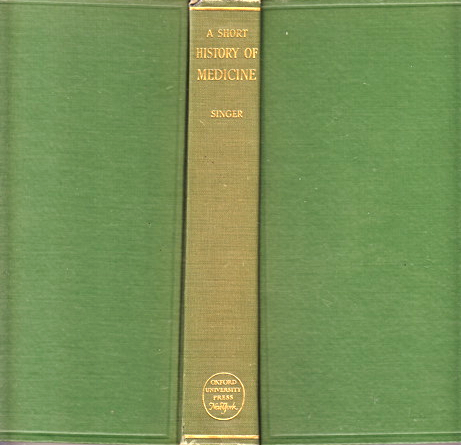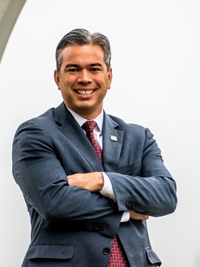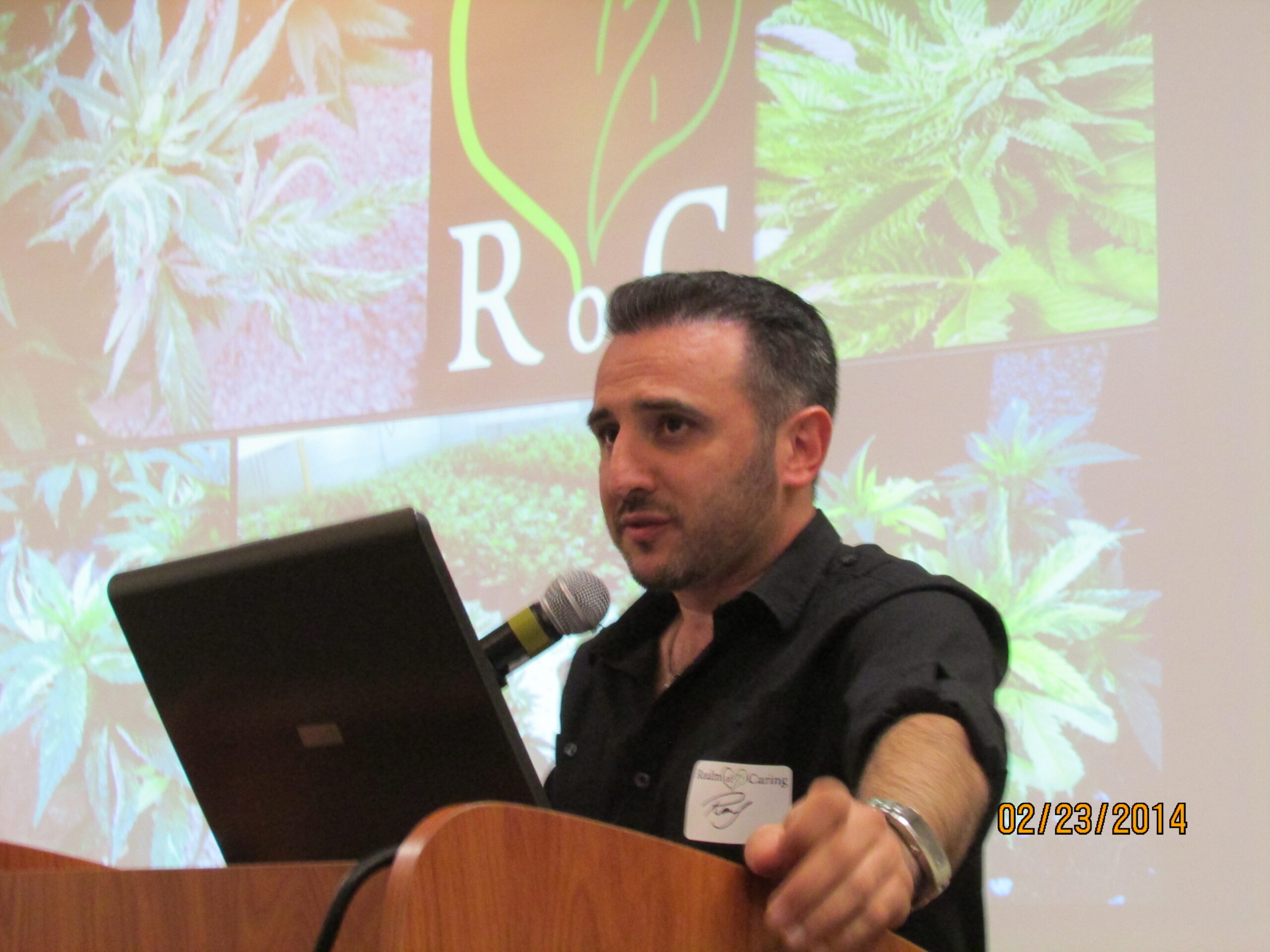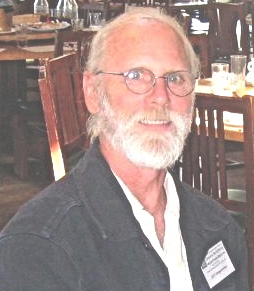By O’S News Service Early Indian medicine had “a very copious pharmacopoeia” that included “Cannaabis indica, known as ‘Hashish’ or ‘Indian hemp,” So it says on page 324 of Dr. Charles Singer’s A Short History of Medicine published by Oxford in 1928. On the next page Singer extols the “Scientific Medicine” approach to drugs:
Active Principles. One of the things that separate the practice of Medicine of our time from that of previous ages is our power to give drugs in ‘pure’ form. This means not only that we can secure drugs without adulteration, but also that the active substances in drugs can be chemically isolated and given without adminixture. Most drugs used in Medicine are in fact, of vegetable origin. The possibility of giving them in chemically pure form depends upon the discovery, early in the nineteenth century, that plants owe their poisonous and redial properties to small quantities of Active Principles, which are susceptible of chemical etraction and isolation. Thus the science that deal with the action and nature of drugs, Pharmacology, really took its rise about 1 hundred years ago, though many had experimented with drugs at an earlier date.
Further progress in the same direction has been made by the so-called ‘synthetic’ preparation of drugs. Certain substances of vegetable origin do no readily yield their active principles and to extract them very complex chemical processes may be involved. There are special obstacles to the complete purification of other drugs, even when they have been obtained in a relatively pure state. These difficulties can sometimes be surmounted by the preparation of the drug from inorganic materials. This synethetic process of preparation is now possible for many substances that are of medical application. Furthermore, when a drug can be thus synthetically prepared, it is often possible to try chemical variants upon it, and thus to obtain a more effective preparation.
In former times a vast number of drugs were habitually employed by physicians, and they were often given in very complicated prescriptions. ‘Polypharmacy’, the giving of many drugs, is a vice from which Medicine has now in large part freed itself. The number of drugs given by scientific physicians is far fewer than it was…
Tod Mikuriya, MD, called the biomedical establishment’s approach “monomolecular madness” and “promoting polypharmacy” (because in due course the practitioners of Scientific Medicine were prescribing a plethora of synthetics). After all these years the monomolecular approach to drug development is facing a challenge from GW Pharmaceuticals (manufacturers of Sativex, a Cannabis plant extract) and from the medical marijuana movement/industry in general.





